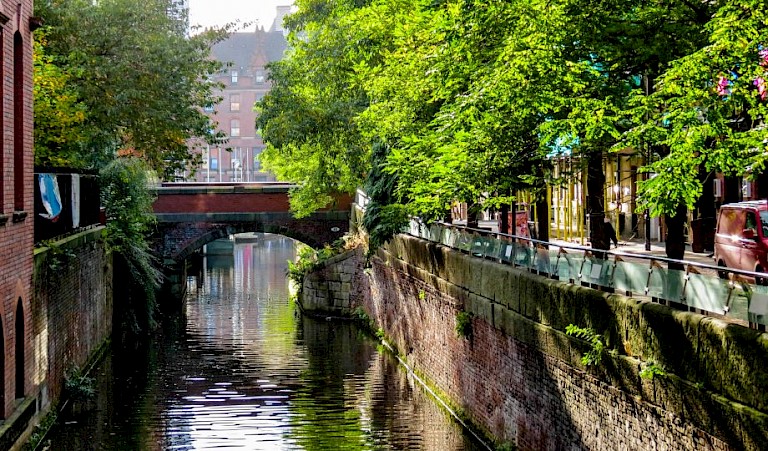
On Tuesday I attended a social value event organised by the UK Green Building Council in Manchester. It focused on the importance of implementing social value into the built environment and how this can help developers and designers deliver projects that positively impact communities. A variety of speakers presented successful case studies:
- John Alker, UKGBC: UKGBC's social value programme
- Sophia Cox, UKGBC: What is social value?
- Dr Kelly Watson, Hatch Regeneris: measurement of social value
- Dr Jamie Anderson, Buro Happold: community engagement on a regeneration project in West Gorton, Manchester
- Nicola Rigby, Avison Young: public sector social value.
The introductory presentation explained how new developments can maximise the potential benefits to their local community by considering benefits to existing residents, businesses and other stakeholders in the local area, as well as end users of the new development. This was explored by using impact assessments on the long term economic and wellbeing impact of a scheme on a local area and using several tools to calculate social value, either qualitatively, quantitatively or monetary, such as the HACT UK Social Value calculator or 38 National TOMs (targets, outcomes, metrics).
Since the Public Services (Social Value) Act 2012 was released, it has been used by many councils to catapult the broader social value agenda and has encouraged public sector procurement teams to look beyond financial metrics within bids and tendering activities. Much of this is being driven by enlightened local authorities who have included social value policies within their local plans, such as Islington Council (Policy SC4) and Salford City council (Policy F2). Islington Council’s Policy SC4 requires major development proposals to undertake a social value self-assessment which clearly sets out the specific social value that would be added through delivery of the proposal. Salford City Council’s Policy F2 requires that all development shall be located, designed, constructed and operated to maximise its social value and making Salford a more socially-inclusive city. In addition, Coventry Council was mentioned for imposing social value related planning conditions on planning approvals. This shift in focus is changing expectations, creating a market where suppliers are increasingly expecting to demonstrate social value.
It was stated that much of the activity around social value in the built environment industry is during the construction phase, predominantly during the planning process, through community consultation/engagement. However, this is just one phase of a project’s lifecycle and 80% of social value is post-construction. So, what happens to social value when the project is handed over? Kelly Watson of Hatch Regeneris described how they had used post-occupancy evaluation on a student halls project by HLM Architects for a submission into the RICS Social Impact Awards. They used the HACT calculation to conduct questionnaires on resident students to ask how their wellbeing was directly impacted by the development. She explained the importance of not only setting targets and engaging communities, but also closing the social value feedback loop so that we can learn from projects to benefit the next.